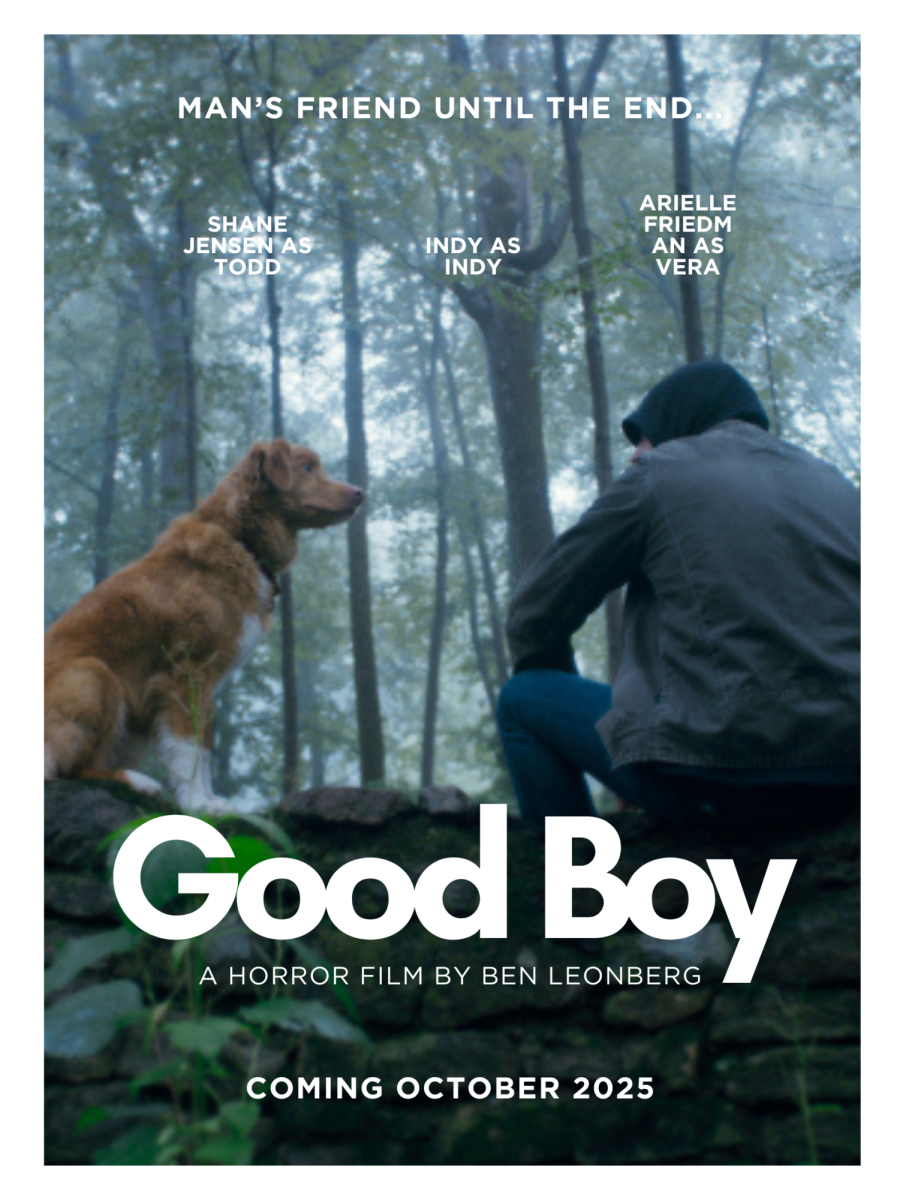When discussing tools of accessibility, the conversation often revolves around those specifically designed or altered with accessibility in mind. Yet, there are tools of accessibility all around us that are not being used to their potential. Comic books and graphic novels are two such tools.
Comic books have long been treated as a lesser literary form due to their non-traditional format and prioritization of visual imagery alongside written words. This stigmatization of comics has led them to be thought of as something exclusively for children. This characterization is not only incorrect but also fails to recognize the ways in which comic books can be utilized to make reading more accessible.
Comic books’ reliance on both written text and visual elements allows them to engage in two different forms of communication simultaneously. This can help make the materials more memorable to readers, as the information is shared in multiple ways. These images provide context clues that can assist in understanding the text based on the accompanying imagery. According to Shreveport Times writer Presley Bo Tyler, more than a quarter of adults in Louisiana alone struggle with illiteracy; having visual clues alongside the text allows them to see words in action and apply unfamiliar words to familiar visual patterns.
These visual patterns assist others as well, including individuals who deal with memory issues, by creating a pathway through the story. This pathway can be referred to if the reader finds themselves unable to remember previous events in the book without requiring them to search through large bodies of text. Simultaneously, the clear design elements make places and characters visually distinctive and thus more familiar and easily recognizable.
The lack of large bodies of text may benefit individuals who struggle with a number of reading impairments by limiting the number of words on the page. Those with reading impairments may find traditional novels difficult to follow because the words blur together, letters change or cause other types of confusion. By sharing the space with images, the writing can focus on specific details and let the visuals tell the rest of the story. This text is often more spaced out than traditional novels, which allows the reader to focus on what is being presented without mistakenly rereading the same parts or getting lost in a sea of uniformity.
Neurodivergent individuals may also find accessibility through comics. Those who struggle to keep their attention on long bodies of text can benefit from the mixed-medium format of comics, as can those who feel overwhelmed when reading. The human mind comes in so many forms, and attempting to teach or engage every individual in the same way is impossible. Comic books will not work for every neurodivergent individual, but there are ways that they can be of assistance in making reading less intimidating and easier to absorb for many.
Accessibility is not exclusively limited, however, to those who are neurodivergent or have an impairment that limits their ability to interact with traditional literary forms. Children making the transition from picture books to full-length novels may find comics to be a beneficial tool in bridging the gap. Additionally, those learning about new or complicated subject matter may find comics that assist them in their understanding of complex ideas by presenting the information in a new way.
Comic books do not follow a traditional approach to reading or accessibility, but that is exactly where their power lies. They offer an alternative approach to traditional reading that has the potential to be utilized as a tool that can make the world more accessible to millions of people. Accessibility does not always have to mean creating something new or altering existing frameworks; sometimes, it is simply changing the way we look at what already exists.




